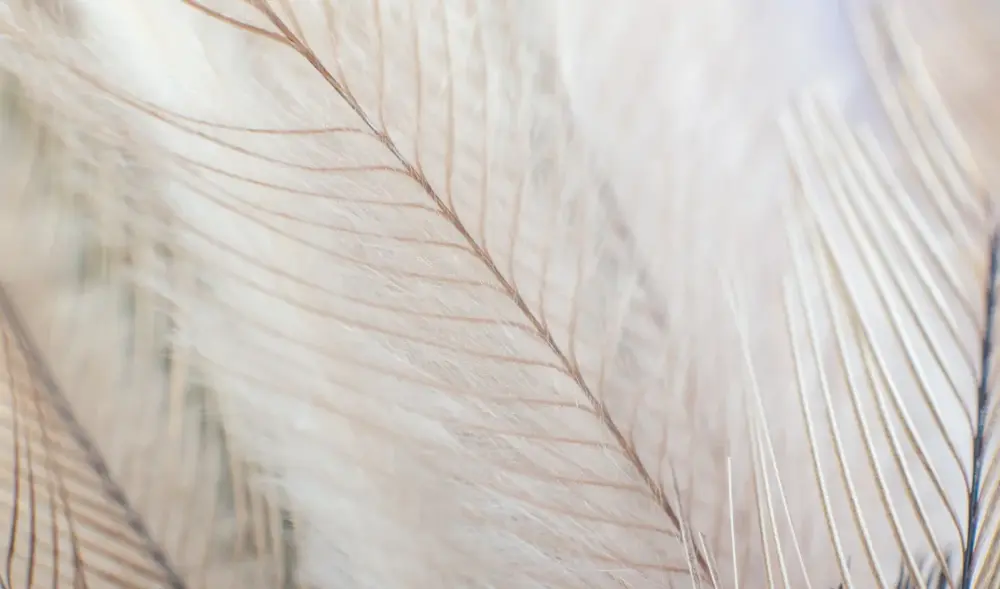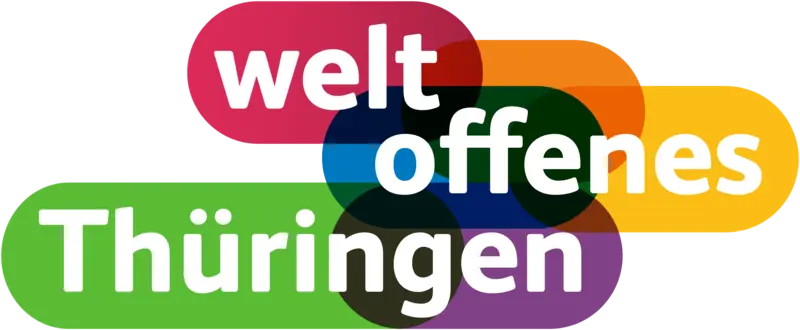Thing with Feathers or Sewer Rat? Approaches to Christian Hope in Times of Crisis

Around a year ago I did an interview for the podcast of the Yale Forum on Religion and Ecology in preparation for the launch of my most-recent book. One of the questions that was posed to me over the course of that conversation was a question the interviewer asks most of the guests who are interviewed for the podcast – what is giving you hope right now?
Whilst I fumbled through an answer, mentioning some of the students on the ecological courses that I teach, their concern for ecological issues, and the different pieces of creative work that they have produced, I am not sure that my answer was entirely satisfying. The little glimpses of hope I could think about in the moment seem so small in the face of a global ecological catastrophe and, whilst they sometimes provide me with little fragments of encouragement, they are far from enough to promise a better future for the wider planet that we live on.

Please note: Once you watch the video, data will be transmitted to Youtube/Google. For more information, see Google Privacy.
In a time of ecological crisis, war, financial struggle, and dangerous nationalist politics, a lot of different people and groups are beginning to think more-deeply about questions of hope. There are new books appearing on the topic, opinion columns in newspapers, youtube essays, conferences, and radio discussions. Some of these are looking for potential sources of hope, but many are also asking more fundamental questions about what hope really looks like, whether hope is helpful to us right now, or even whether it is really possible to hope at all.
The crises that we are facing seem to call into question some of the notions of hope that we have inherited from the past, and different groups have very different ideas of how those ideas of hope might best be re-thought for our current situation.
Someone I interviewed a couple of years ago highlighted some of the contrasts really well through the contrast between two different poems. The first was a poem by Emily Dickinson that talks about hope as a thing with feathers that perches in the soul, whilst the second was a response to this poem by Caitlin Seida who insists that hope is not the thing with feathers, instead it’s more like a sewer rat that survives in the ugly parts of the world with teeth, claws, and patchy fur. These are two very different imaginations of what hope can and should look like, and they arise out of very different sets of experiences and contexts.
Part of my work over the last few months has been to begin to have conversations with a range of different individuals involved in different Christian groups, talking with them about how they’re processing questions of hope in the context of different ministries and communities – particularly in connection to questions of climate change. In these conversations, one thing that’s been notable here has been the diversity. Some are confused – they question whether existing Christian narratives of hope work right now in the way we’ve often sought to tell them. Some feel confident that their tradition of Christianity offers exactly the resources that are needed, and that it already has something to say into seemingly hopeless situations. Some try to redefine the meaning of hope, focussing for example on hope as an activity rather than as simply a comforting belief. Some seek to explore what hope might mean together in the context of community, entering into a communal process of reflection and discovery. And some decide that perhaps we need to let go of our existing notions of hope altogether, embracing some of the hopelessness of the world and latching onto other strands of faith and belief that might help us to embrace and open up to a time of unknowing and uncertainty.
What I think is clear to me in all of this is that a lot of people are searching for some kind of hope, but they are not all coming up with the same kind of answer as to what this should really look like.
Over the past few weeks I have been taking part in an online course organised by the Green Christian network in the UK. One of the key premises of this course is that we don’t know how the ecological crisis will play out, and because of this we need to reexamine some of the fundamental truths of our faith, rethink some of our models of ministry, and develop a capacity to cope with an unknown future. Part of the goal is to resist overly-simple or optimistic narratives of faith and, instead, to seek a faith that is as truthful as possible to the horrors of the world around us, acknowledging them and then seeking to develop our own responses through meditative dialogue with one-another in a way that might help us to find a new sense of vocation. It draws on pastoral experiences with the sick and dying, on art and poetry, on more-apophatic traditions of Christian faith, and it is focused on the posing of questions rather than the offering of answers.
One of the tasks of theology is to try and help us to think through some of these deeper existential questions that we are facing. The goal of my research right now isn’t necessarily to present a single idea of what Christian hope might look like. Rather, through this work, I am seeking to reflect on the new narratives of hope that we can see emerging, to examine the different work that those are able to do for different people and communities, and to try to advance a little further the ongoing dialogue that we are participating in between a variety of Christian traditions and a changing world around us. Of course I’m looking for hope too, and in that respect this is a highly personal area of research. I suspect I will find a lot of little hopeful fragments, however, rather than a clear and straightforward narrative that I or anyone else can easily hold on to.
Mark Porter is part of the team of early career researchers from the University of Erfurt and the Paris Lodron University of Salzburg who are working on the project "Theology as Hope Research? The Impact of the Climate Crisis on Theological Reflection and Religious Practice" and are aiming to explore the role of hope in overcoming the climate crisis and how theology can investigate complex phenomena in dialogue with other scientific disciplines.
